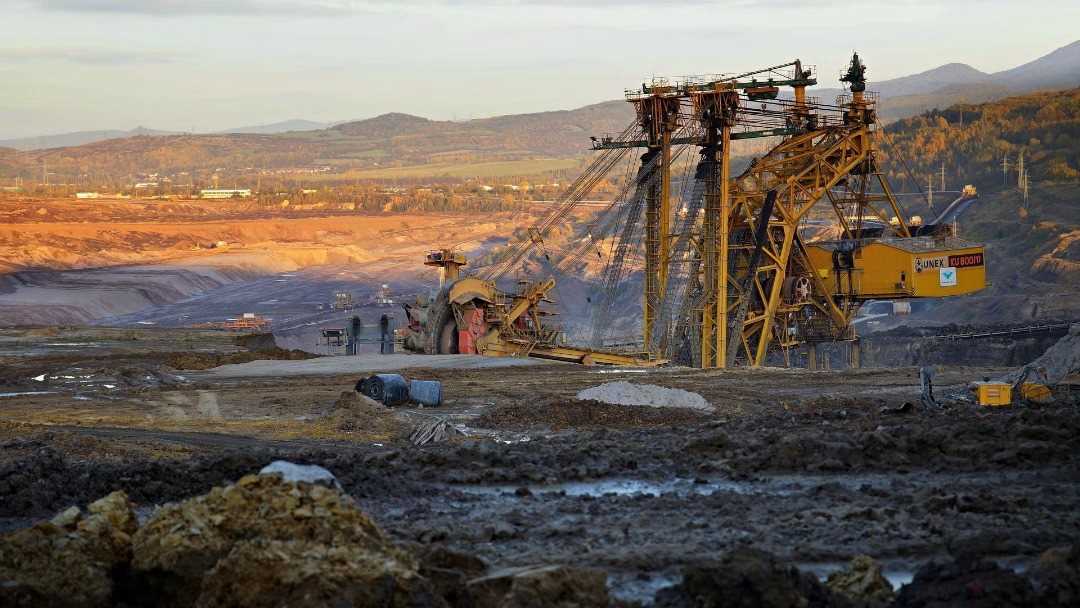
Oscar J Jeke - Zim Now Reporter
Caledonia Mining Corporation Plc is confronting a significant power infrastructure hurdle as it moves to develop its newly acquired Bilboes Gold Project, a venture poised to become one of Zimbabwe’s largest gold producers.
The company is exploring a strategy to self-fund a crucial 70-kilometer power line, a task typically handled by the state-owned Zimbabwe Electricity Supply Authority, which often lacks the resources for swift delivery.
"The biggest cost there is the power line, the direct powr supply line which would have to be about 70km, so we are in negotiations wih the power authorities that we actiually put up the capex so that we recoup that in the form of credits on our monthly electricity bill," stated Caledonia Executive Director Victor Gapare. He spoke alluding to the one key hurdle such miners face? Power infrastructure. To bring electricity to the site, Caledonia will need to run a 70km power line, a task that would typically fall to ZESA. But ZESA often lacks the resources to deliver swiftly.
The Bilboes project, acquired by Caledonia in 2023, is expected to be transformative for the company, potentially tripling its overall gold production to over 240,000 ounces annually. A Preliminary Economic Assessment in June 2024 projected the mine could yield approximately 1.5 million ounces of gold over a decade, with an attractive all-in sustaining cost of $968 per ounce. However, the project's success hinges on a reliable power supply.
Related Stories
Zimbabwe faces a substantial electricity deficit, with peak demand estimated at 2,200 megawatts against a current generation capacity hovering between 1,400 MW and 1,600 MW, leaving a supply gap of around 744 MW. The mining sector alone requires an estimated 2,000 MW to operate at full capacity. Chronic power shortages lead to daily outages lasting 12 to 18 hours, forcing miners to rely on expensive diesel generators, which inflate operational costs and undermine competitiveness.
ZESA, the national utility, struggles with aging infrastructure, frequent breakdowns, and financial strain due to below-cost-recovery tariffs, limiting its ability to invest in maintenance and new connections. The utility has a backlog of 305,000 domestic connection requests, requiring an estimated $300 million.
This policy has led to several precedents of private companies funding their own power infrastructure. Bikita Minerals Sinomine, for instance, invested $30 million in a 120km power line and substations, with plans to recoup the investment through power supply from ZESA over five years. Similarly, ferrochrome miners have agreed to build their own power plants in exchange for reduced electricity tariffs. Property developers in urban areas also commonly fund essential infrastructure like roads and electricity to ensure their projects are viable.
For Caledonia, the 70km power line represents a significant capital outlay, potentially costing between $12.8 million and $35.2 million, based on comparisons with similar projects in the region. The company's financial position, bolstered by a strong first quarter in 2025 with $13.3 million in operating cash flow and a pro forma net cash balance of $18.6 million following the sale of its Blanket solar plant for $22.35 million, provides a foundation for this investment.
Caledonia is also actively optimizing the Bilboes project to reduce overall upfront capital requirements, including exploring the potential sale of concentrate to defer the need for a costly BIOX processing circuit and evaluating the relocation of the tailings storage facility for lower construction costs. These efforts, combined with potential contributions from high-grade mineralization at its Blanket Mine, aim to ensure the project remains "compelling and financeable".




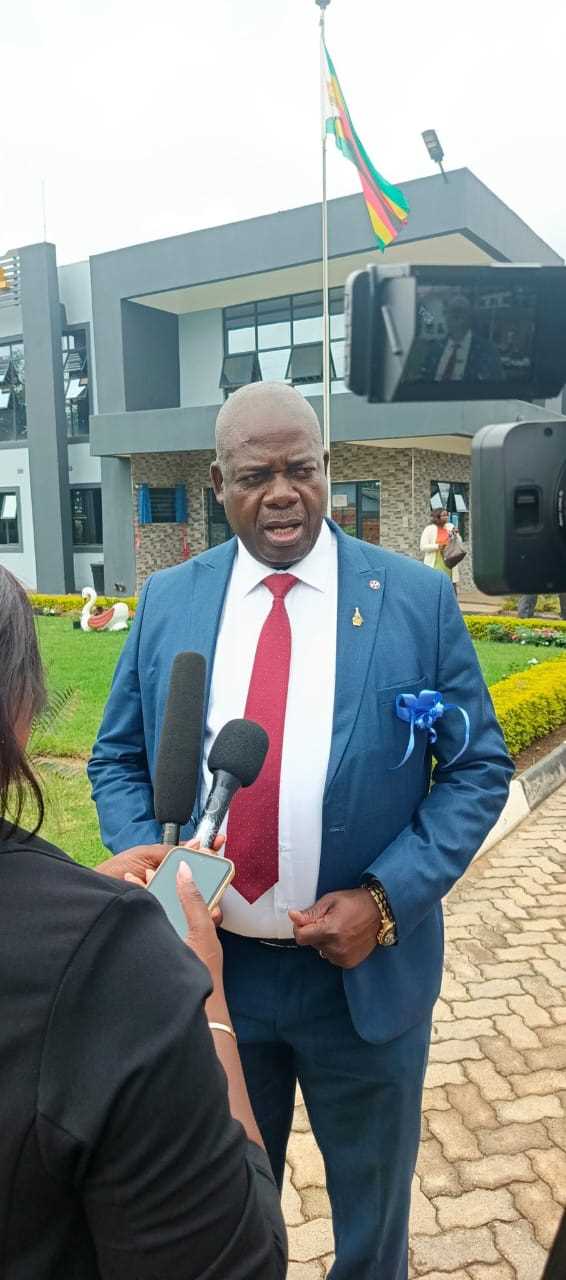
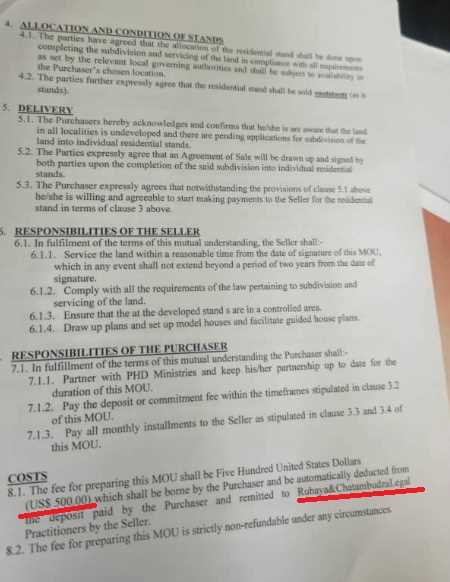

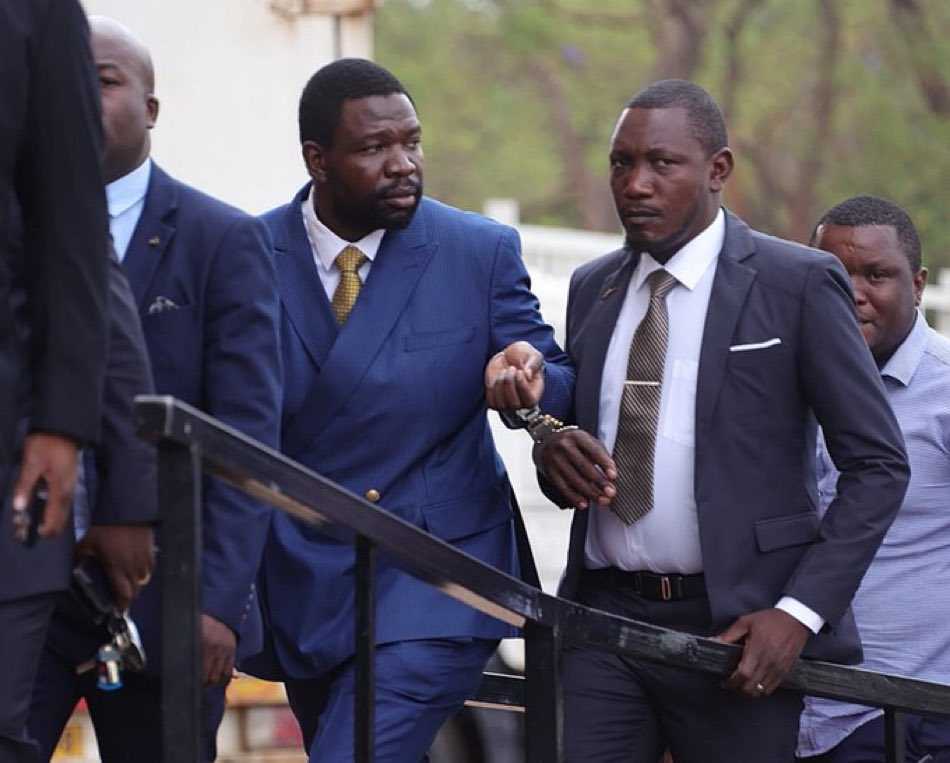


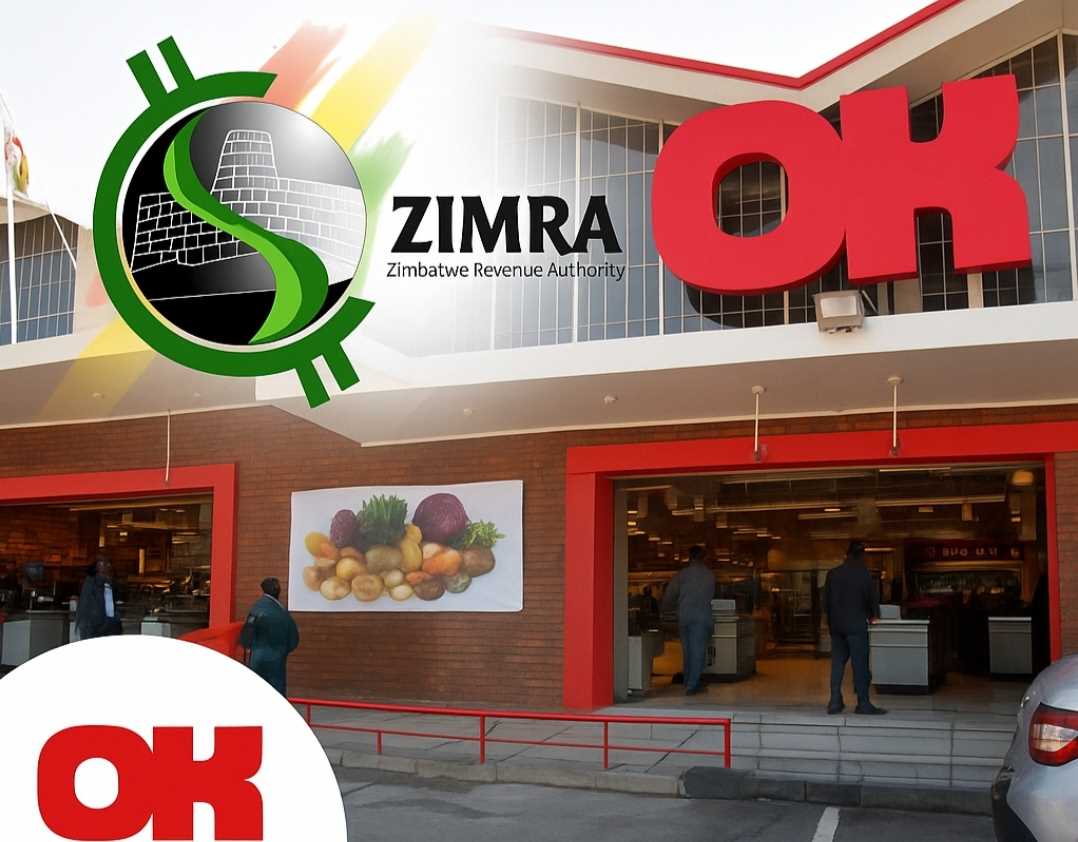

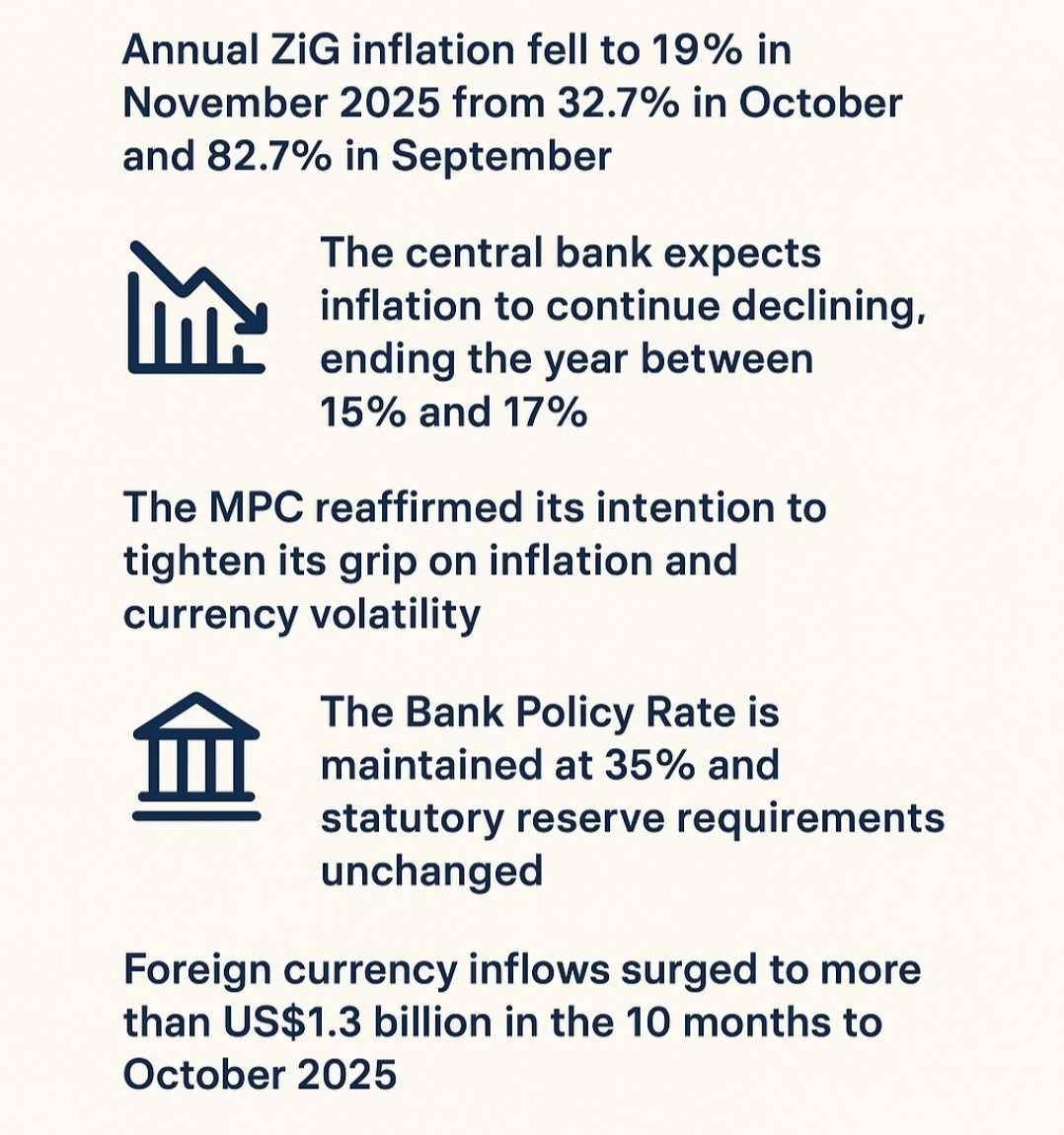


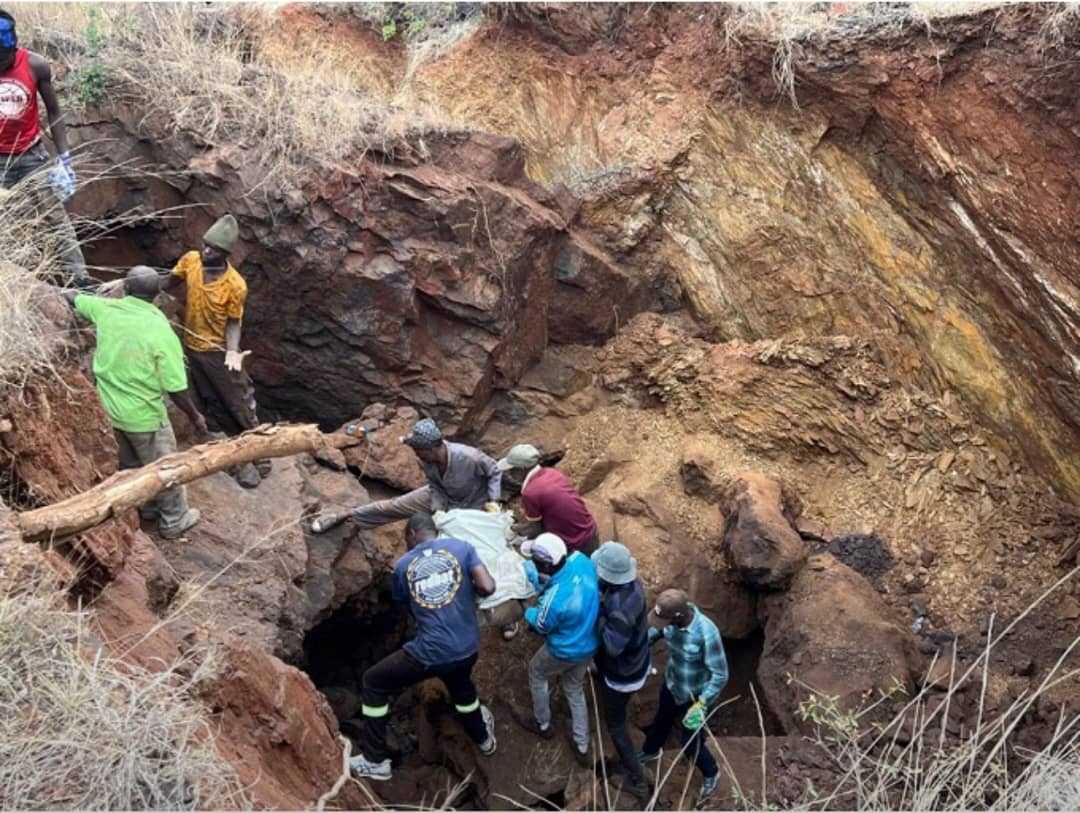



Leave Comments